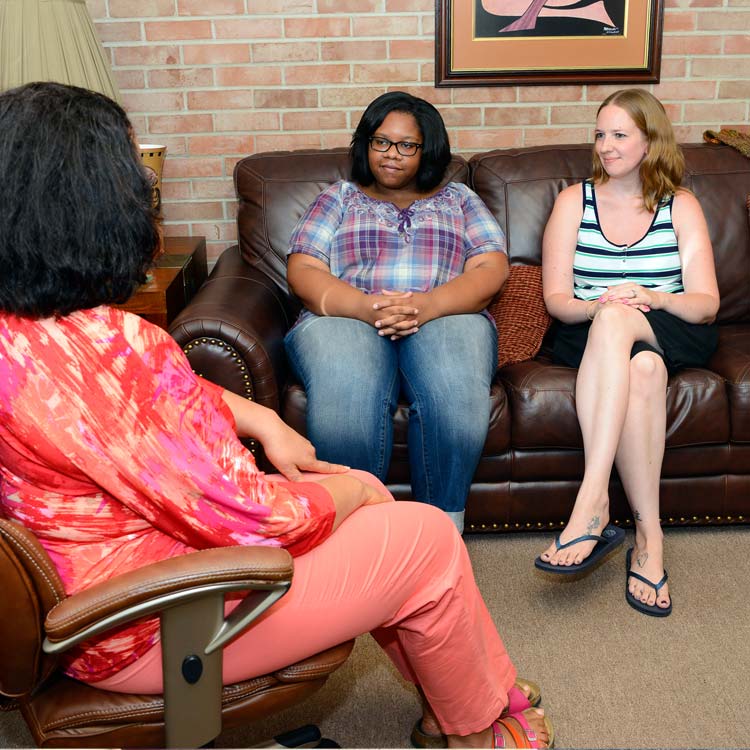
Statistics and Facts About Anxiety Disorders
- Anxiety disorders are the most common mental illness in the U.S., affecting 40 million adults in the United States age 18 and older (18.1% of U.S. population).
- People with anxiety disorders seek relief for symptoms that mimic physical illnesses, often seeking medical services that result in delaying proper diagnosis and treatment.
- People with an anxiety disorder are three to five times more likely to go to the doctor and six times more likely to be hospitalized for physical complaints for which anxiety is the trigger or cause.

Numbers and percentages refer to adults affected in the U.S. population.
%
Generalized Anxiety Disorder (GAD) – 6.8 million, 3.1%
- Women are twice as likely to be affected than men.
- Very likely to be co-morbid with other disorders.
%
Obsessive-Compulsive Disorder (OCD) – 2.2 million, 1.0%
- Equally common among men and women.
- One-third of affected adults first experienced symptoms in childhood.
- In 1990, OCD cost the U.S. 6% of the total $148 billion mental health bill.
%
Panic Disorder – 6 million, 2.7%
- Women are twice as likely to be affected than men.
- Very high co-morbidity rate with major depression.
%
Posttraumatic Stress Disorder (PTSD) – 7.7 million, 3.5%
- Women are more likely to be affected than men.
- Rape is the most likely trigger of PTSD, 65% of men and 45.9% of women who are raped will develop the disorder.
- Childhood sexual abuse is a strong predictor of lifetime likelihood for developing PTSD.
%
Social Anxiety Disorder – 15 million, 6.8%
%
Specific Phobias – 19 million, 8.7%
- Women are twice as likely to be affected as men.